Like many of my colleagues, I am passionate about DCSEU’s work because it helps mitigate the effects of climate change. Some climate impacts hit close to home as we’ve seen with DC’s progressively hotter summers and higher water levels forcing the removal of 158 Tidal Basin cherry blossom trees. Others, like the climate impacts on ecosystems in sparsely populated areas can feel distant – until you see them up close.
This February, my partner and I jumped on an opportunity to visit Antarctica, fulfilling one of my lifelong dreams. Over a week, we ventured progressively southward, taking part in daily land excursions, zodiac tours, and kayaking trips. Each day, we were immersed in a unique and astoundingly beautiful landscape - piercing blue water dotted with icebergs bigger than our ship and lined with mountains almost completely enveloped by mile-high glaciers. We meandered among gentoo, adelie, and chinstrap penguins, watched lounging crabeater, fur, leopard, and elephant seals, and spotted orca, humpback, and minke whales gliding through the water.
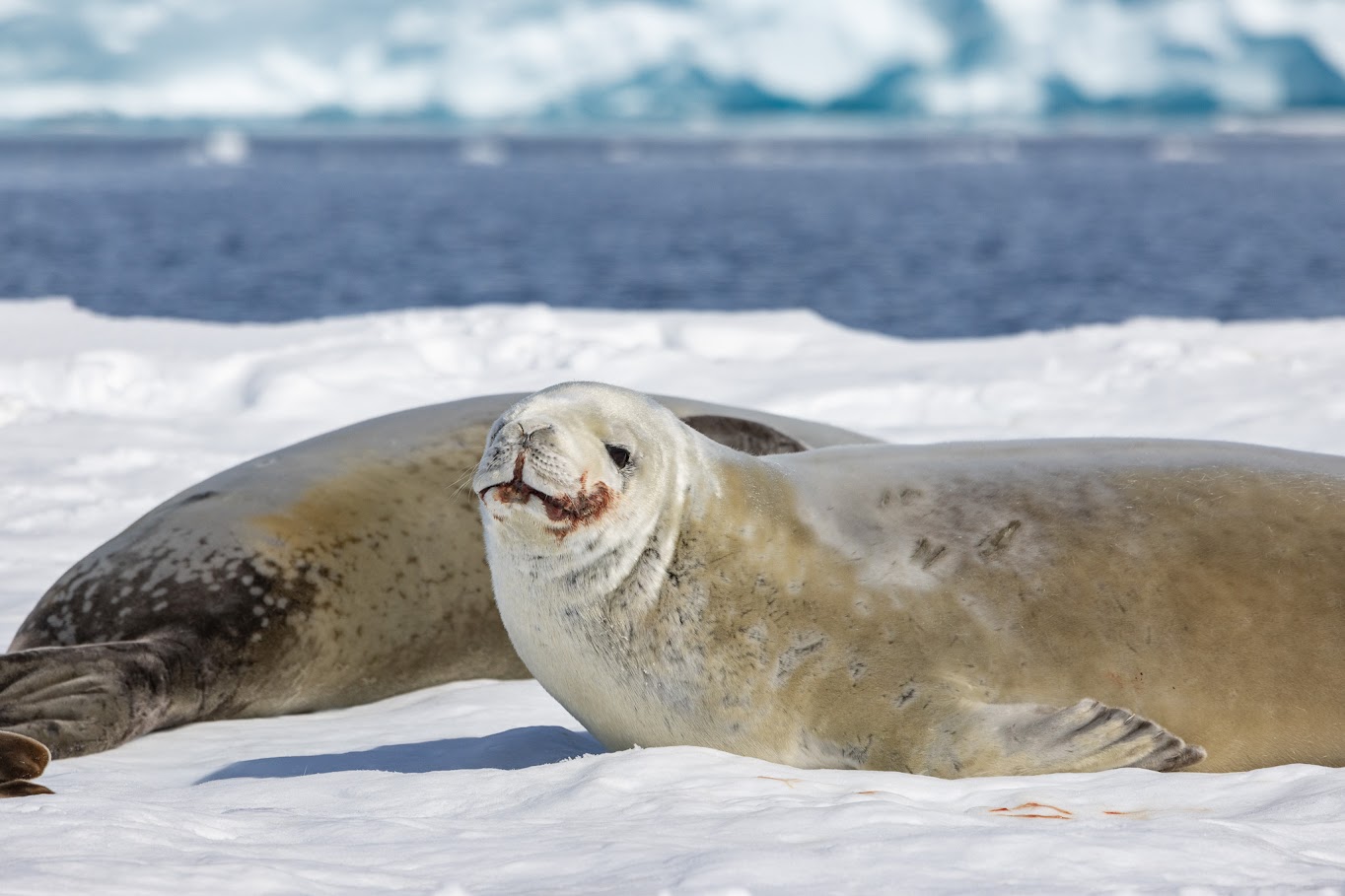
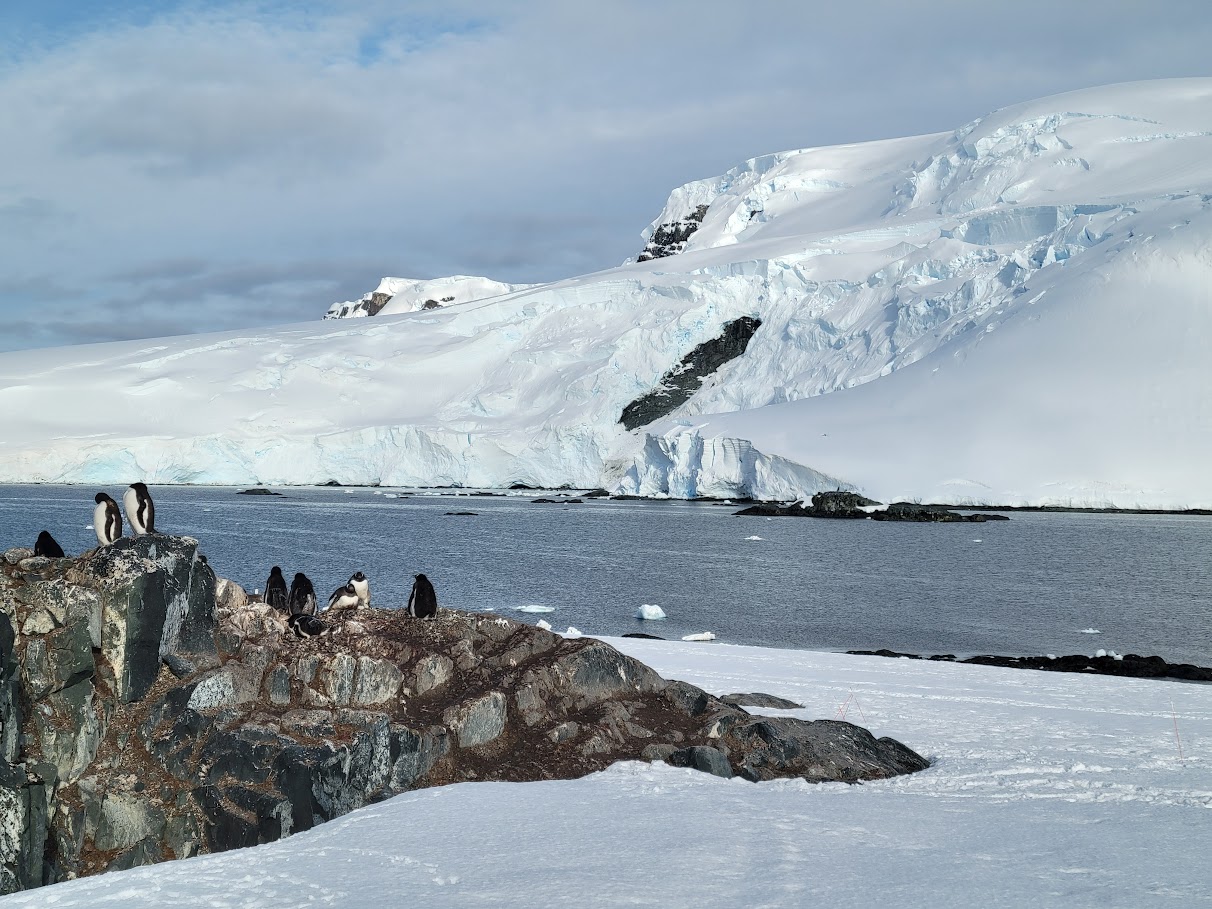
Despite the seeming abundance of wildlife and overwhelming scale of the ice, the guides on the trip pointed out the fingerprints of climate change. We saw red and green snow algae everywhere we went, flourishing in the warmer temperatures while reducing the snow’s ability to reflect sunlight back into space, causing it to absorb more heat and melt at an increased rate. The lost snow and ice due to algae and a generally warmer climate was particularly evident at Stonington Island where, in the 1940s, the glacial ice was so thick that it served as a runway for research planes. Today, it is open water.
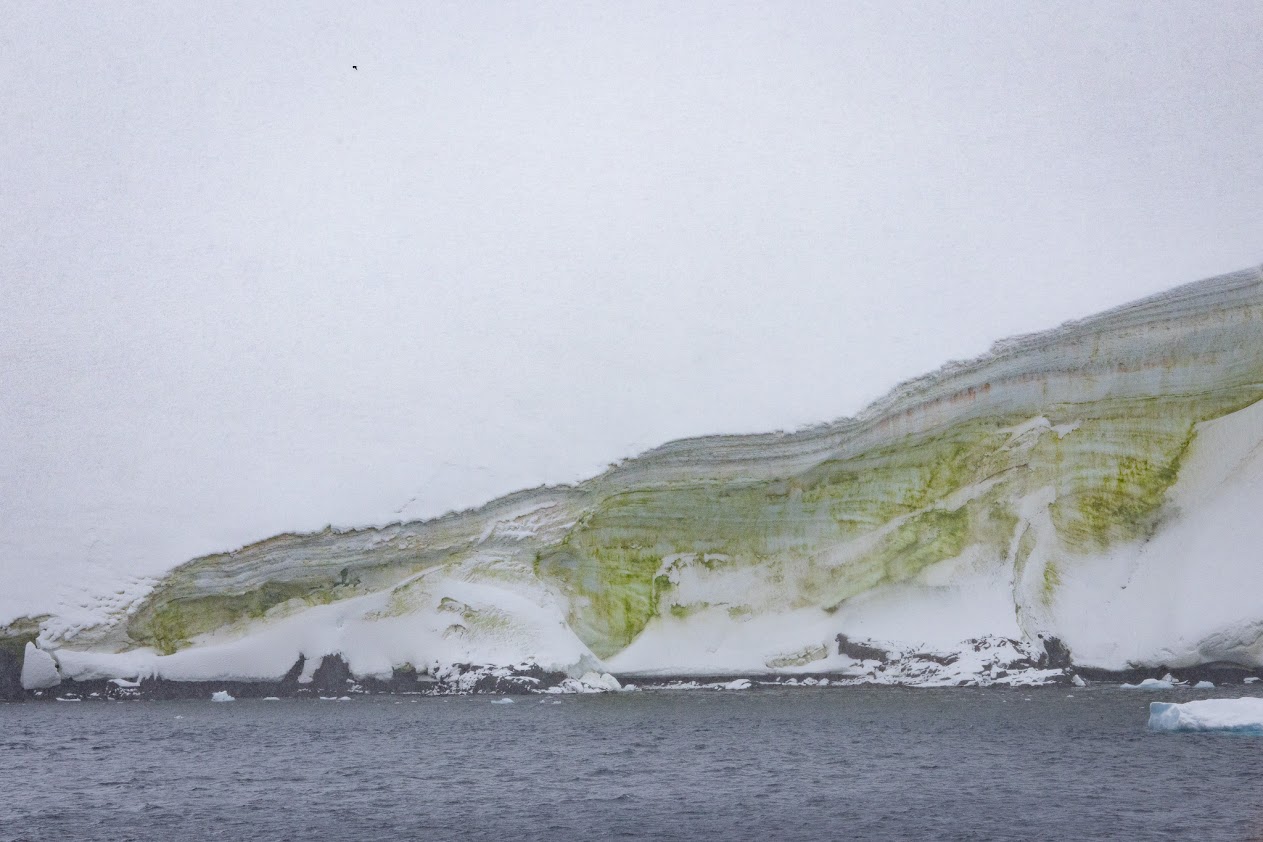
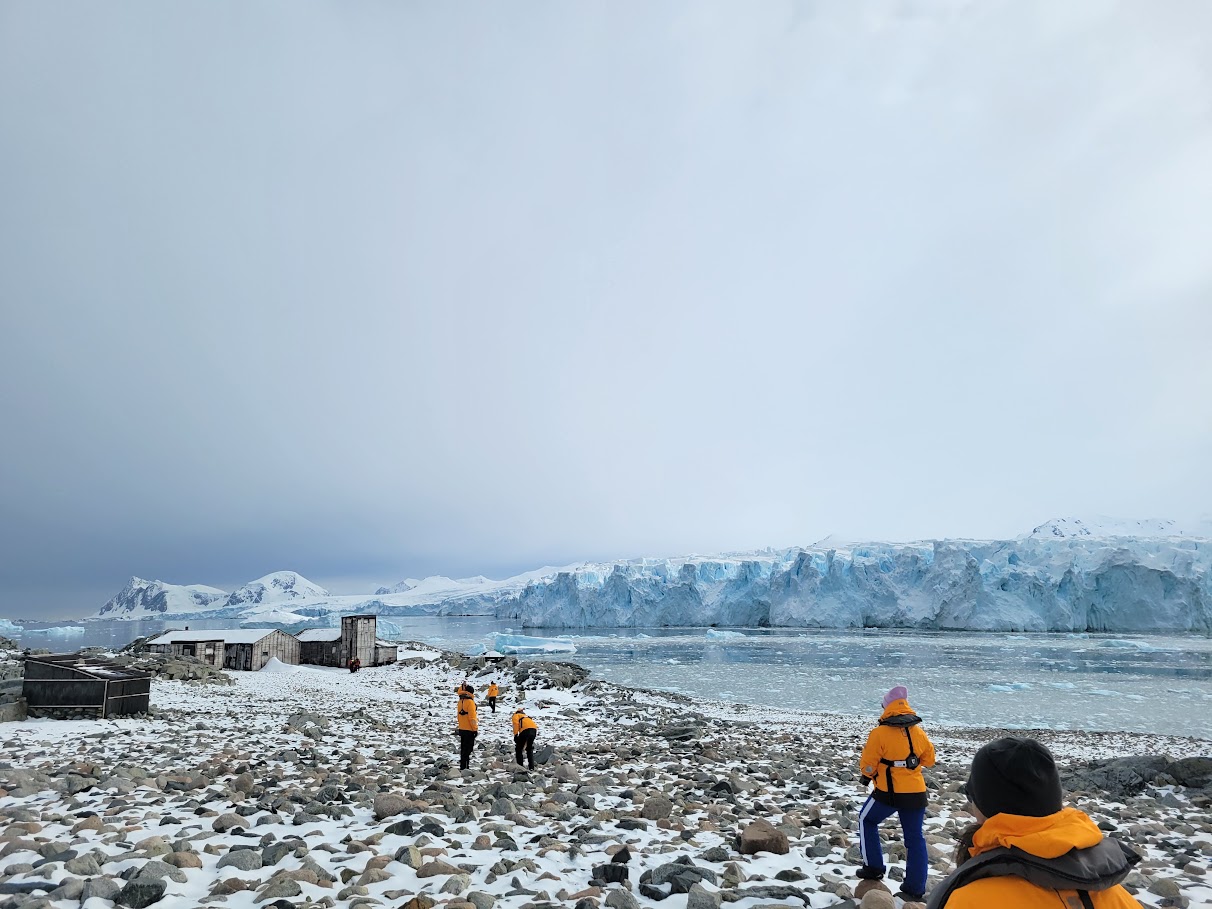
The multiple snowy and rainy days during our trip were another indicator. An experienced guide noted that when he started working in Antarctica 20 years ago, he rarely saw snow and never saw rain. Today’s warmer air holds more moisture, resulting in increased precipitation which is, in turn, shrinking adelie penguin populations. Adelie chicks’ feathers are not waterproof when they hatch, and getting wet in freezing temperatures can be deadly. One colony we visited has experienced a roughly 11 percent drop in population due in part to precipitation.
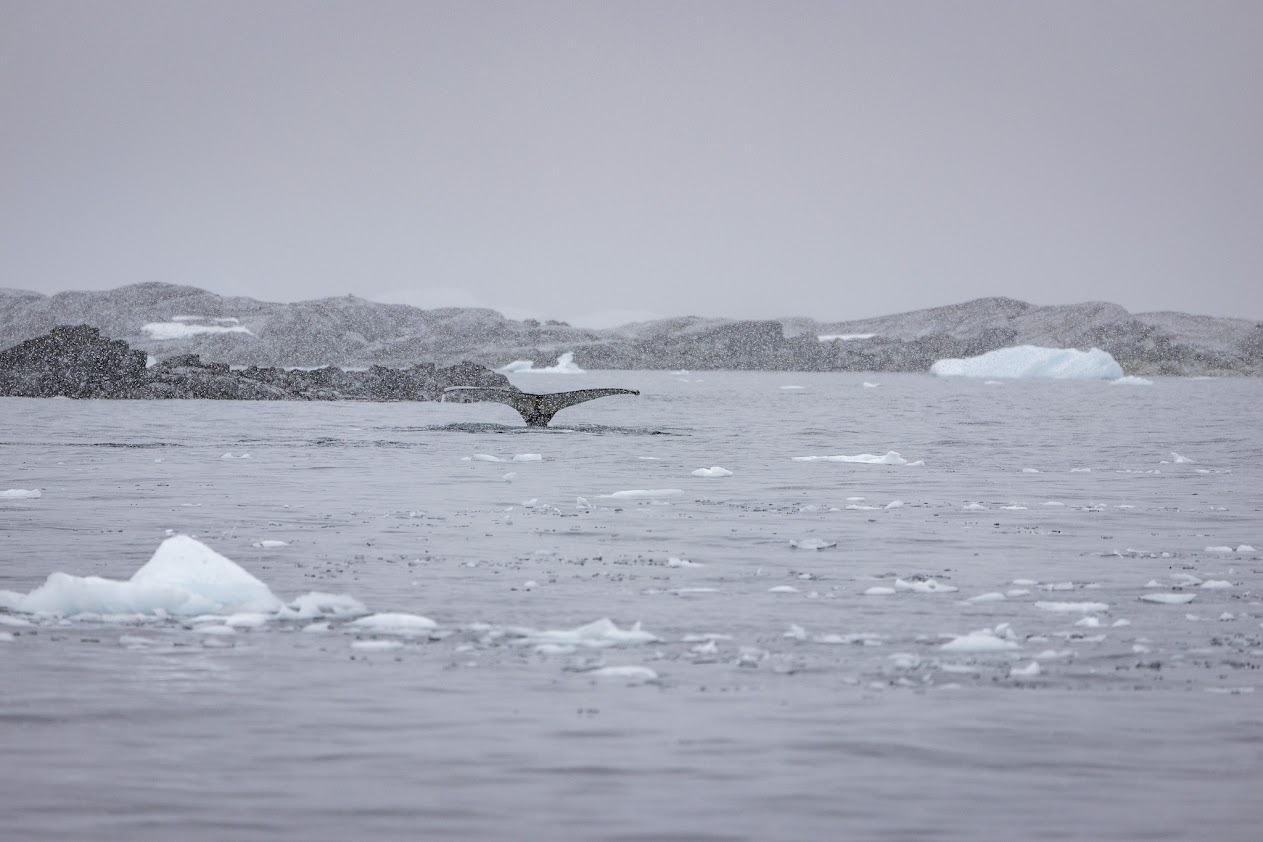
Climate change is also threatening the Antarctic Peninsula’s krill population, the primary food source for almost every other animal in the region. Warming temperatures have decreased the amount of both sea ice, which krill use for shelter in winter, and the algae that they eat. If the krill population drops, so too do the populations of nearly every other animal in the peninsula.
Seeing these impacts firsthand reinforced the urgency behind our work at DCSEU. We know our programs help our community by lowering energy bills and making properties safer and healthier. But our work also has a global impact, reducing DC’s greenhouse gases and lessening climate impacts on fragile ecosystems throughout the world like Antarctica.